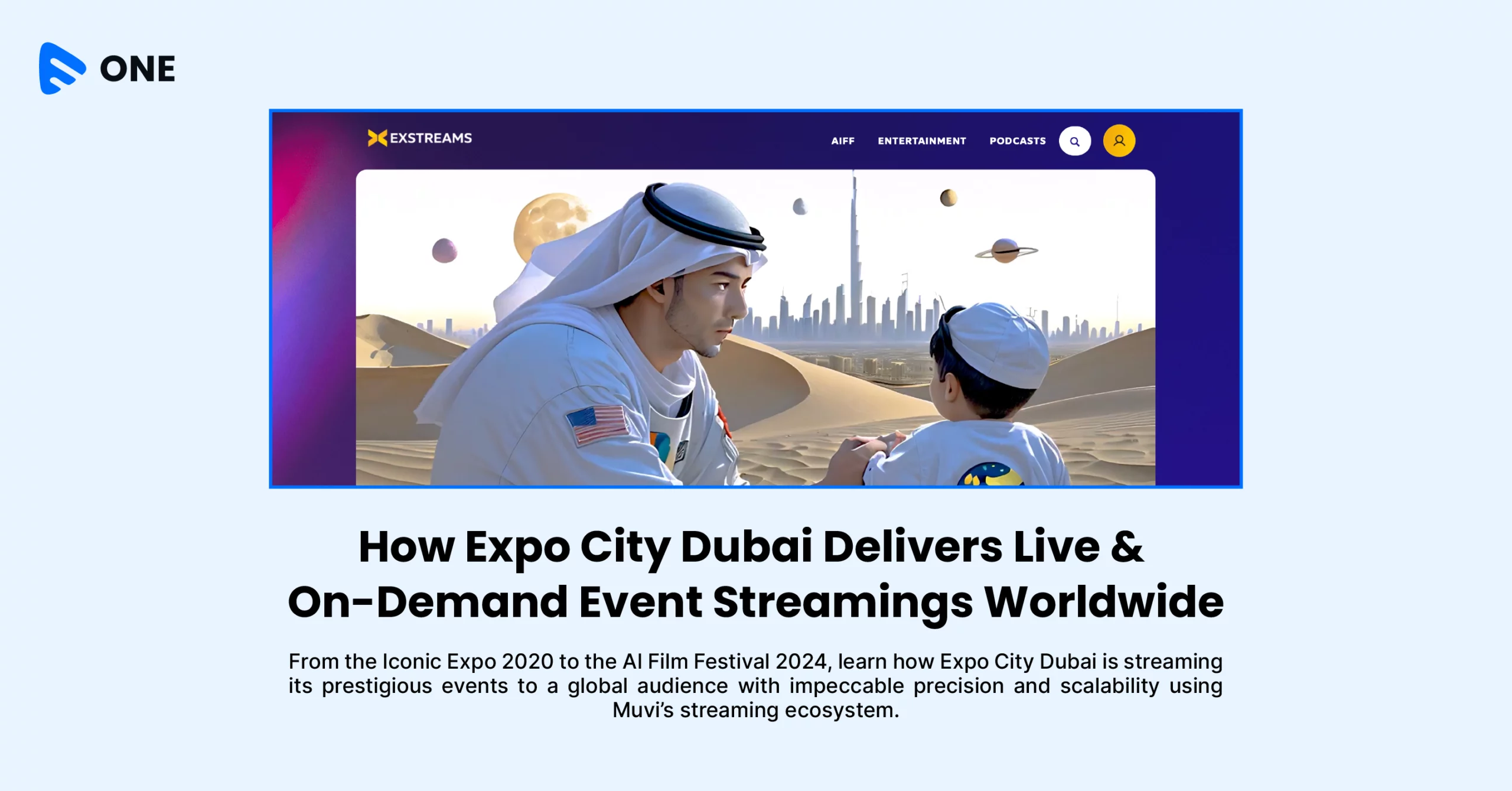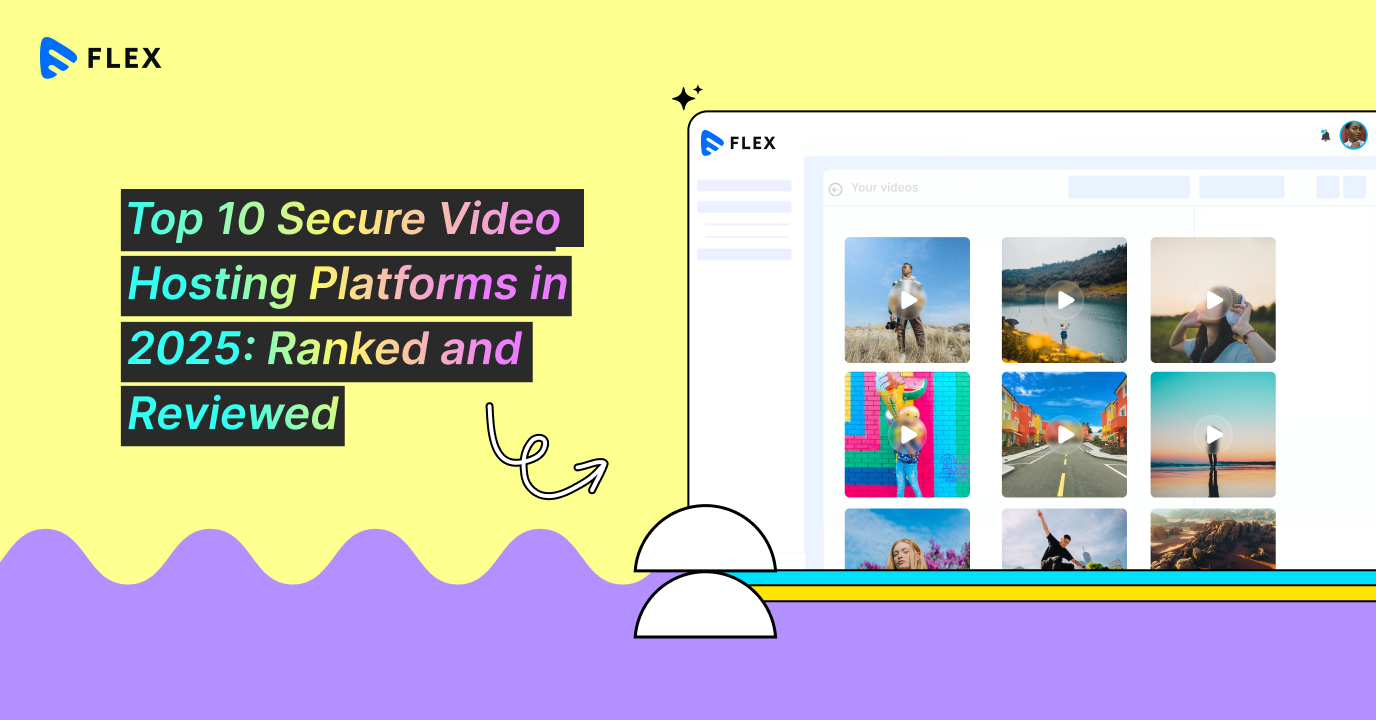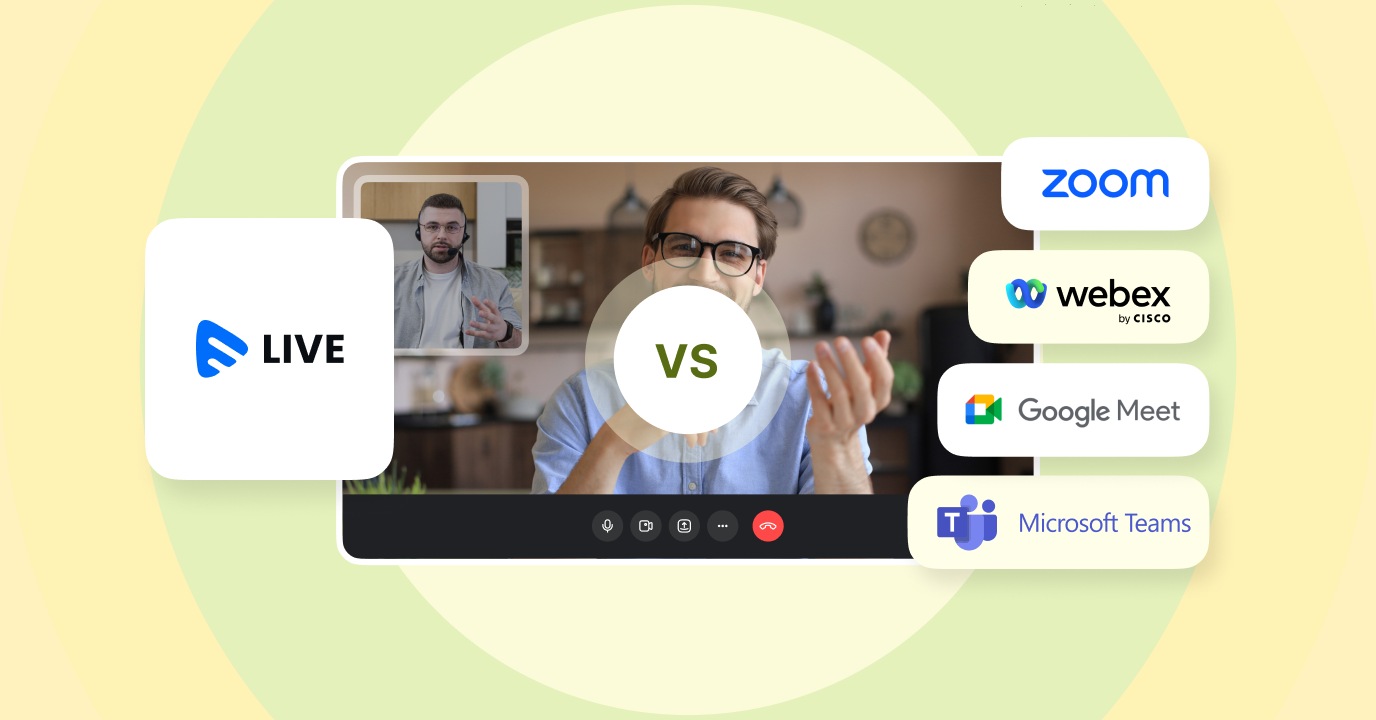What is that one thing you see when you walk through airports, malls, or corporate buildings these days? It’s the bright, huge displays streaming some vibrant visuals, most likely advertisements or instructions on the functionalities of the area. Well, these screens are not just displays but a part of a powerful modern communication ecosystem that is known as digital signage displays. So, how does digital signage work, and why are they so popular?
Digital signage has transformed how businesses communicate with their customers. Now, thanks to these digital screens, brands are able to reach a much larger audience without placing sales or support staff everywhere. This eases business, promotes better communication, and expands business outreach.
What happens behind the scenes that allows these displays to show dynamic content seamlessly, sometimes across hundreds of screens in multiple locations? Let’s break it down, step-by-step, and understand the technology, components, and process that make digital signage network work and how solutions like Muvi Flex can help you set up and manage your own digital signage networks.
What is Digital Signage?
A digital signage solution refers to electronic displays that show multimedia content also known as digital signage content. That content can be videos, images, or texts, and its purpose is to inform, entertain, or advertise. What makes digital signage unique and effective for businesses is the ability of the signage owners to monitor and manage their digital signage remotely.
This makes digital signage screens a great option to place strategically in malls, schools, hospitals, corporate offices, and so on. While these posters are usually static, they can also be video-based. The best part about digital signage is that it can be scheduled, changed remotely, and personalized at an individual screen-to-screen level all remotely.
This flexibility makes it a key marketing and communication tool. Simple digital signage content has the power to reach the masses.
Today, most modern digital signage systems are cloud-based, allowing businesses to manage multiple displays from a single dashboard or content management systems that work digitally. Whether you need to broadcast a new promotion or update internal messages, it can all be done in seconds, from anywhere.
Digital Signage Components
While these digital signage solution might look simple from the outside, they are a fairly complex combination of interconnected hardware that is multiple screens, software, and content workflows. Here are the key components that are used to broadcast digital signage setups across the globe effectively.
Digital Signage Player
A digital signage player is a hardware/software device that connects all the essential components and manages them. You can call it the brain of such advertising and communication systems. Modern digital signage players are smart, compact, and internet-enabled to access feeds from the internet or the local server.
Their job is to receive feeds, decode them, and display at across the connected screens as determined by the content owner. At the same time, such players are usually hardware components, which means that they come as a package including the screen of display. However, they are not limited to specific devices.
Such digital signage players can also be software-based, where any screen anywhere in the world, as long as it is connected to a display, can launch whatever needs to be broadcast simply by installing such software. This eliminates the need for external software.
Content Management System
A CMS is nothing but the command center of any digital signage system. It’s a software platform that stores all of the content to be broadcast. The software is where content is uploaded, stored, organized, and, in the end, scheduled for playback for the target audience.
The list of features can be endless. For example, the CMS of Muvi Flex allows you not only to schedule and push content but also to follow all the necessary global guidelines intended for its fair use and content security of the digital display.
Key features to look out for in a digital signage CMS are:
Support for multiple formats such as video, image, text, and even web pages.
A robust, remotely accessible content management system to display content
Date-driven performance monitoring and remote access controls
Ability to manage multiple locations and screens all from a single unified dashboard
Cloud-based CMS platforms are the most popular today because they eliminate the need for complex infrastructure. Everything is managed online, quickly, and is scalable and securely deployable.
Screen Technologies Used in Digital Signage
Last but probably the most important part of any digital signage system is the display, on is used to show its content. Now the market is flooded with various screens, and usually the budget of the campaign decides which ones to go for. For your reference, here are a few good screen technologies that are available in the market.
LCD or Liquid Crystal Display: Ideal for indoor environments, they offer good picture quality and are usually very affordable owing to their lower production cost. They, however, do not work that well in an outside environment, as they are particularly not that bright.
LED or Light Emitting Diode: Perfect for both indoor and outdoor displays, these ones offer a much better screen brightness and color accuracy.
OLED or Organic LED: If you are looking for the best of the best, simply go for OLEDs. With a premium price tag, it comes with a much superior contrast, great color accuracy, and flexible design options.
The choice of screen depends on your environment, lighting conditions, and budget. For example, a high-brightness LED screen is perfect for outdoor advertising, while a slim OLED display is ideal for luxury indoor environments.

How Does Digital Signage Work?
Now that we have a fair idea of what digital signage is and its various essential components, let’s jump to how this works as a complete system together. Here are 4 key steps involved in the process.
Content Creation
The process begins when post post-market study and screen size determination, and content is created. Care must be taken to ensure that the content is tailored to the requirements of the audience. Using various design tools, it can be accomplished, and since it its a purely creative step, the rest is for you to decide.
Content Upload
Once ready, the content is uploaded to the CMS or a media storage solution like Muvi Flex, which provides secure cloud-based storage and supports a wide range of formats.
Scheduling & Distribution
Using the CMS, the content is now up to the content managers to deploy. A content schedule is created based on the plan of action. For example, promotions in the morning and specific instructional advertising in the evening.
Playback via Signage Player Display
The player retrieves the scheduled content, decodes it, and plays it on the screen according to the defined playlist. Finally, the digital display presents the content to viewers. Some systems even report playback logs or analytics back to the CMS, helping businesses understand engagement and performance.
Read more: 5 Best Digital Signage Solution for Enterprises
Benefits of Digital Signage for Businesses
Digital signage software can have unparalleled benefits as a strategic communication and marketing tool that is built to capture mass markets and at the same time cater to the premium experience segments.
The future of digital signage is smart, connected, and personalized. Artificial Intelligence AI and the Internet of Things are enabling data-driven content, where displays can adjust based on audience demographics, weather, or time of day.
Interactive touchscreens, facial recognition, and programmatic advertising will further enhance engagement. Cloud-based digital signage software solutions like Muvi Flex will continue to play a crucial role in powering these intelligent, always-connected display networks.
The benefits can be endless. It starts with capturing attention. Moving visuals draw more attention than static posters, and digital signage can help you launch information as creatively as possible.
Additionally, they work in real-time, meaning you can instantly change promotions or information as per the business requirements. They’re cost-effective and environmentally very friendly, owing to the fact that there is no printing involved for catalogues, brochures, etc.
Most importantly, these digital signage screens have seamless and secure access control, ensuring only approved content is displayed across the signage networks.
Muvi Flex: Your Flexible Digital Signage Software Solution
Muvi Flex can help you set up your digital signage solution. It is a cloud-based software solution that magically transforms connected digital screens into a powerful and intelligent digital signage display.
So instead of going for a hardware-based digital signage solution, try hooking up a digital screen with Muvi Flex today. Muvi Flex acts as the central brain, enabling the connected screens to receive, from Cloud Storage, CDNs, Built-in Encoders, CMS, Online Video Player, to Content Security and Real-time Analytics. Muvi Flex is equipped with all the essentials for a high-performing digital signage system and displays dynamic multimedia content that was previously static or inaccessible.
Get a free 14-day trial today.














Add your comment